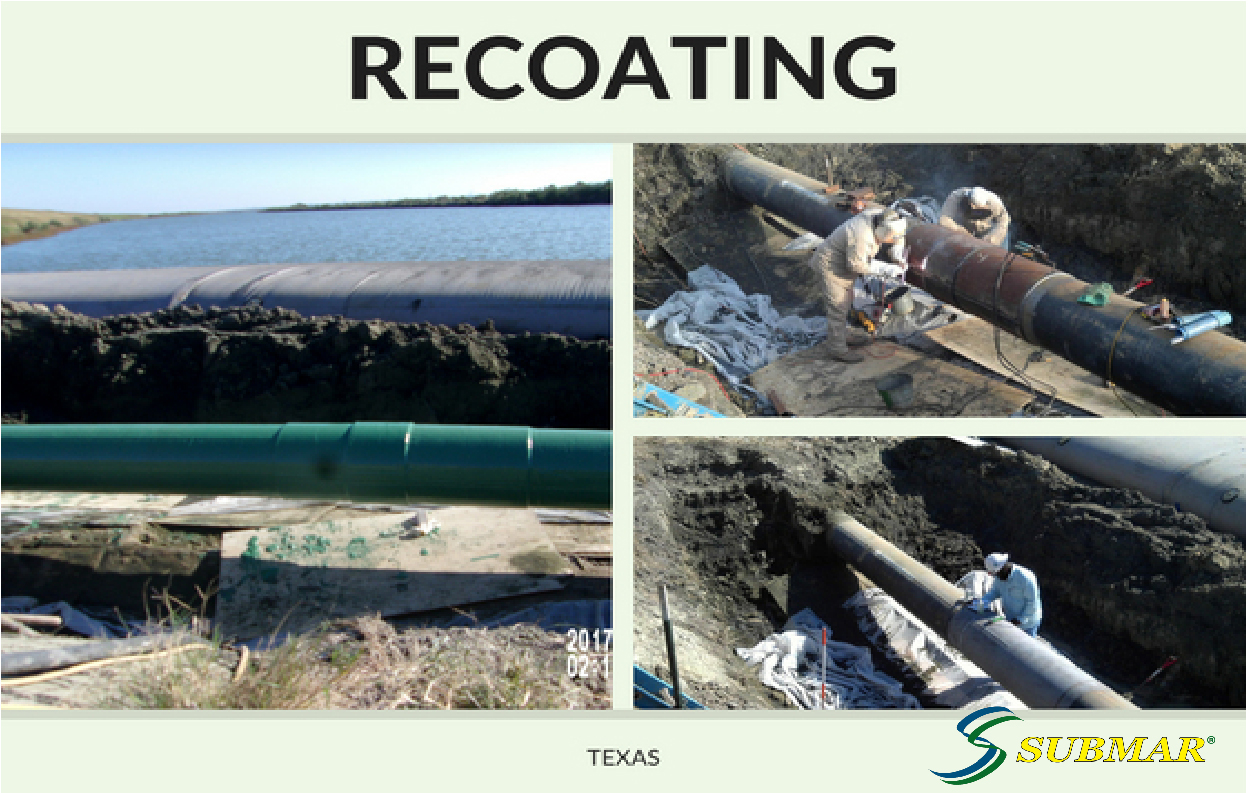Many miles of oil and gas pipelines were built before 1960 (some as old as the 1920s) and are still being used today. That means nearly 50 percent of the U.S. pipeline system is 40 years old or older. The aging infrastructure has very real consequences that could play out with in the next few years, such as:
- regional bottlenecks
- supply disruptions due to leaks and maintenance shutdowns
- increased potential for environmental damage
- safety concerns
Along with the aging infrastructure, the demand on some of these pipelines has increased dramatically from the time of their construction. To meet increasing demand, pipeline operators are adding pipelines, increasing pumping and compression horsepower, reversing flow direction, and converting pipelines from one product to another. These changes are putting the aging pipeline infrastructure to the test.
There are some remedies in development, and many companies are tackling the aging system head on. Robotics, high-tech materials, and coatings are being implemented on older lines working to prevent leaks. However, all of these “fixes” are either recent or still in development, so their impact on the industry and their potential to cure for aging infrastructure have yet to be seen.
The current answer seems to lie in rebuilding the lines. The American Petroleum Institute (API) reports that capital investment in oil and natural gas infrastructure increased 60 percent, from $56.3 billion to $89.6 billion, from 2010 through 2013. The API projected that investments would average $80 billion a year between 2014 and 2020. It is fair to assume that the percentage of this investment dedicated to the installation of new pipeline will lead to the retirement of old, decaying pipelines.
Aging infrastructure requires constant vigilance, smart planning, and innovative solutions. A more cost-effective method is maintaining existing pipelines with solutions provided by Submar’s team. Offering turnkey erosion control services, including pipeline recoating, Submar is the industry leader in protecting your assets.


